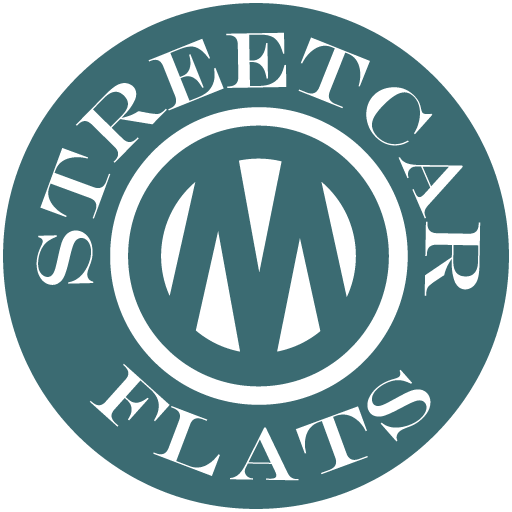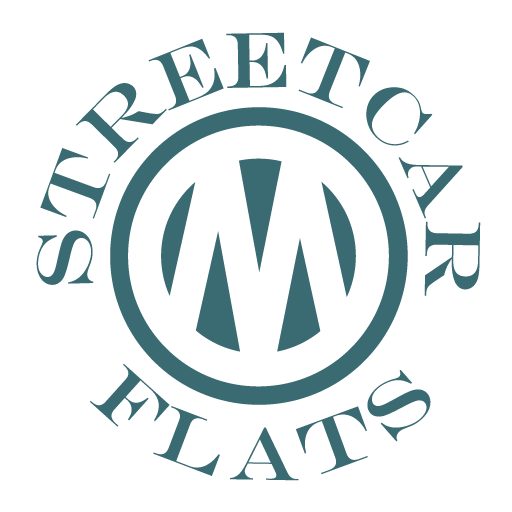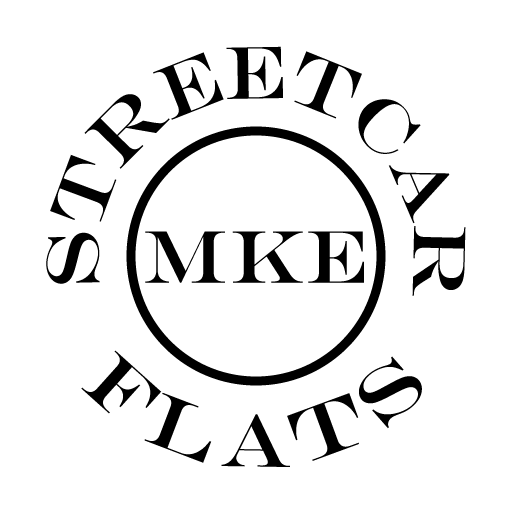Adaptive resource construction is the process of taking aged materials and repurposing them. Adaptive resource construction allows the legacy of iconic structures to endure the test of time, rather than be torn down and lost forever.
The historic Underwriters Exchange Building, for example, is a former office building being renovated into an apartment community. Thanks to Paul Dincin of Catapult Real Estate Solutions, the Underwriters Exchange Building’s story will be passed on for years to come.
If you’re not from Milwaukee, Wisconsin, you’re probably wondering; what is the Underwriters Exchange Building, and why is it significant?
Why Was the Milwaukee, Wisconsin, Underwriters Exchange Building Constructed?
The Underwriters Exchange Building is a nine story brick building designed by architect Rosman & Wierdsma and built by Robert L. Reisinger & Co. in 1923. Construction was finished in 1924, and additions were made in 1926.
Insurance exchange buildings were popping up across the country, starting with Chicago, Illinois, in 1912, San Francisco, California, in 1913, and followed by Des Moines, Iowa, and Boston, Massachusetts, in 1923. The vision was to have numerous insurance companies in the same building and compartmentalize the insurance industry’s business interests.
Was the Milwaukee Underwriters Exchange Building a Success?
Over 40 local firms (representing nation-wide entities) leased suites before it opened. While it is a nine-story building, it was designed as a seven-story building. An additional story was added during construction because so many insurance firms inquired about relocating to the building. The 1926 addition mentioned earlier was the partial ninth floor simple to meet the request for more office space.
The Underwriters Exchange Building endured as the insurance center through the 1950s. The number of insurance tenants significantly decreased by the 1960s, however, and the building was renamed the Association of Commerce Building as the Metropolitan Milwaukee Association of Commerce was now the largest tenant.
What is to Come for the Association of Commerce Building?
Chicago-based developer Paul Dincin of Catapult Real Estate Solutions purchased the building in April 2018. The office building is undergoing renovations to serve Cream City citizens as an apartment community.
The apartment community (Streetcar Flats) will tell the Association of Commerce Building’s tales for generations thanks to adaptive resource construction. Streetcar Flats residents will be a part of something larger than themselves while enjoying life in the heart of Downtown Milwaukee and direct access to The Hop right out front.
Adaptive resource construction is a terrific method of preserving historical landmarks and structures. Continue reading about adaptive resource construction, and head to our blog to learn more about living in Downtown Milwaukee and Streetcar Flats‘ ideal location!












